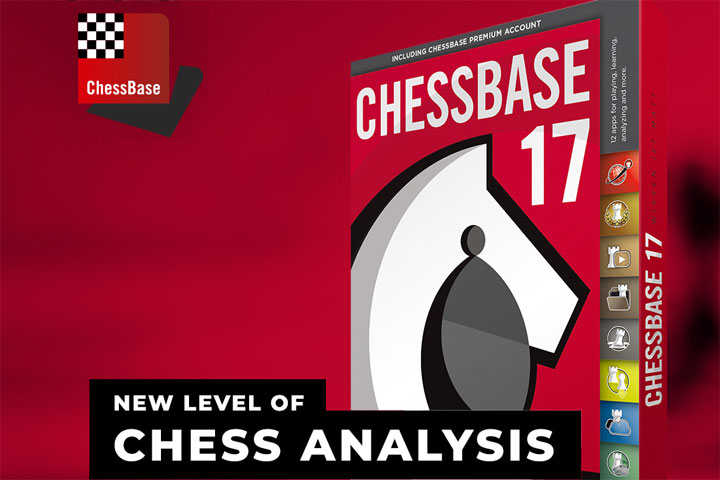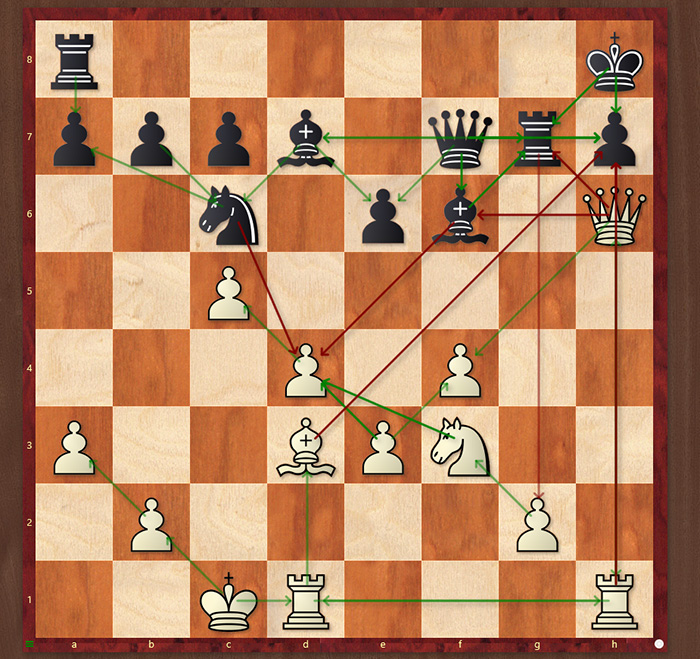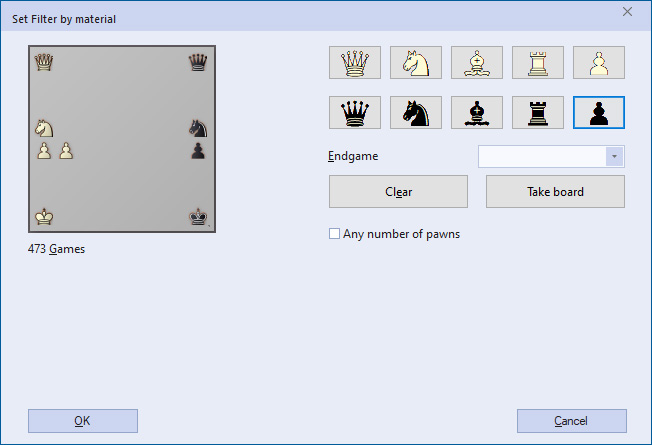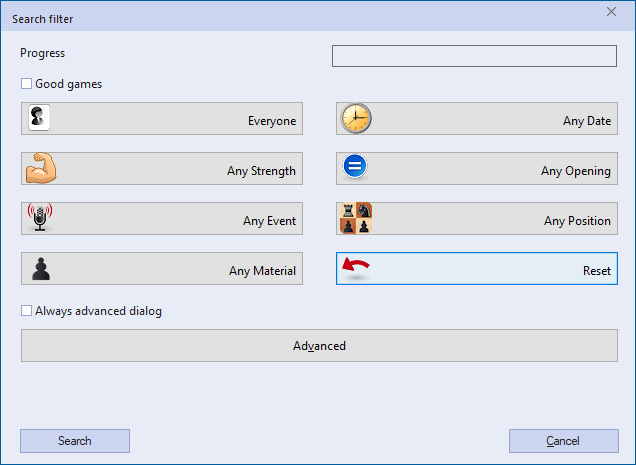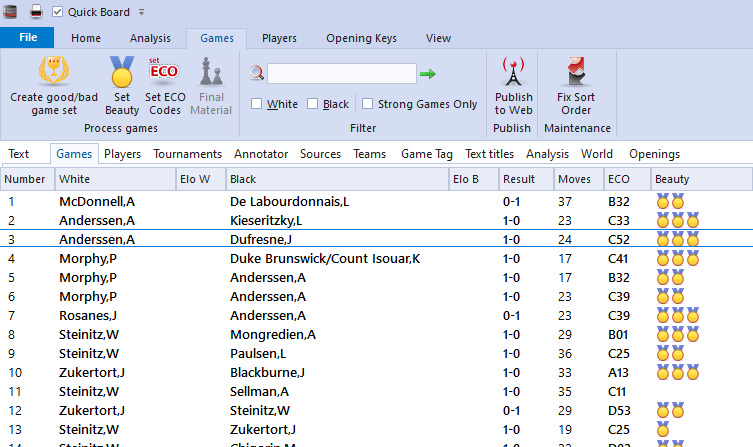Admin's choice: I use it on a daily basis, it is fundamental for me for working easily with databases and creating .ctg opening books. Plus it's very easy to create sorted databases by game date and create filtered databases (wins, losses, et cetera).Chessbase.com wrote:ChessBase is a personal, stand-alone chess database that has become the standard throughout the world. Everyone uses ChessBase, from the World Champion to the amateur next door. It is the program of choice for anyone who loves the game and wants to know more about it. Start your personal success story with ChessBase and enjoy the game even more.
Languages: German, English, French, Italian, Spanish
What is left out from this description is that if you have some Ducat you can rent tremendously powerful computers for analysis (function available also in any Fritz interface), here is an example:

Buy here: https://shop.chessbase.com/en/products/ ... ogram_only
Chessbase.com wrote:What you can do with ChessBase:
Retrieve games according to openings, players and tournaments; generate tournament cross tables and full graphic statistics of players or openings; “Similarity search” shows all games with similar pawn structures, sacrifice patterns, endgame positions, etc.; “Let’s check”*: access the world’s largest database of in-depth analysis (more than 200 million positions); “Instant Analysis”: Any unannotated game is analysed almost without delay immediately on loading (optional). “Assisted Analysis”: as you enter a game, whenever you click on a piece an evaluation is produced for all its possible target squares; “Tactical Analysis” will annotate game, inserting commentary, variations and diagrams, before strong moves or errors, into a game or an entire database. It will also point out combinations, played in the game or missed, tries, attacks, initiative, and of course the latest in openings theory; Cloud analysis: you can analyse positions simultaneously with several engines from on different computers running in parallel; “Deep analysis”: generates an analysis tree that changes dynamically, as with time weaker variations are dropped; automatic analysis jobs for correspondence games; “Replay Training”: Playing through a game with the notation hidden and automatic training questions with tips for each individual move. Extended reference search for openings shows increase/decrease in popularity and typical recurring endgames; merge games on the fly into an opening tree; generate a dossier containing all available information on a specific player from the database; generate a comprehensive openings report with main and critical lines, plans and most important games; single click publication of games on the Internet; Improved search mask with tactical motifs and examples for manoeuvres and material distribution; Completely new search booster for patterns and plans; print games in superb quality with diagrams and multiple columns; Crisp new 3D boards thanks to raytracing technology; automatic update of your local reference database with the weekly installments of games (one year); access to the ChessBase online database with over eight million games*; mobile access with the ChessBase Account*.
New features:
Automatic opening surveys
The central new function in ChessBase 16 consists of automatic opening surveys for any move whatsoever. Until now opening preparation was above all about move selection. With the traditional tools such as LiveBook, Reference and Online Database, however, one’s attention is strongly concentrated on only the next move. It is much more effective to have a variation tree, an opening survey. ChessBase now provides that. At a glance you will see the complete opening in front of your eyes and you can immediately evaluate which variations are important to master safely. This ready survey can perhaps be supplemented by material you have prepared yourself and thus quickly becomes part of your own repertoire. But how is the move selection made? That may happen
